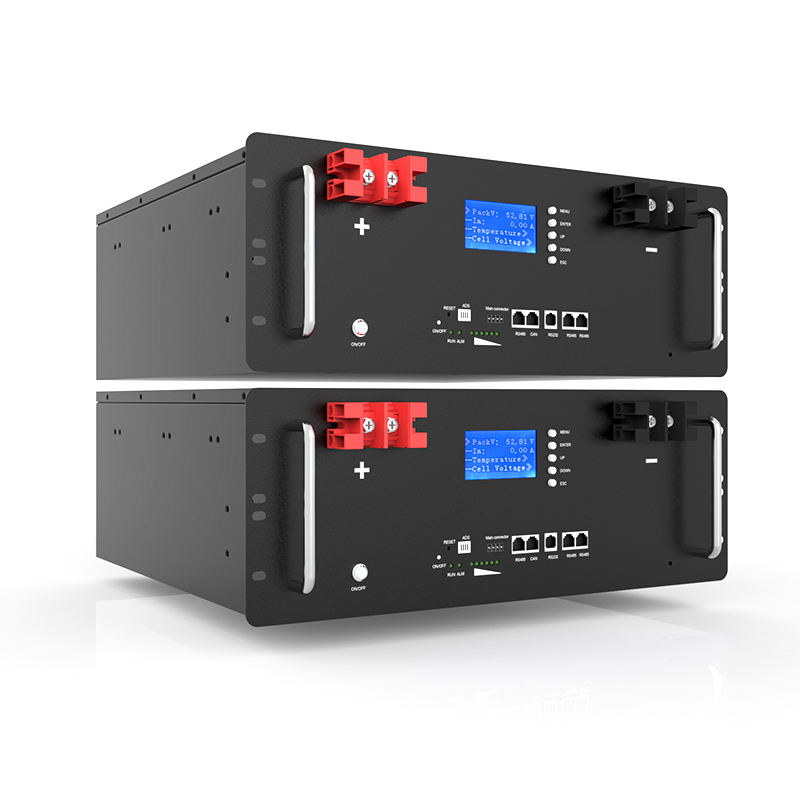There are five types of lithium batteries for new energy vehicles:
1. Nickel cadmium battery - voltage 1.2V, strong overcharge resistance, but due to the relatively low voltage, the life is not very long.
2. NiMH battery: the voltage is 1.2V. At present, the automobile battery has the longest service life, but the voltage is still relatively low.
3. Lithium ion battery: the voltage is 3.6V, the weight is about 40% lighter than NiMH battery, but the capacity is 60% or more higher than NiMH battery. The life of lithium ion battery is the same as that of nickel cadmium battery, but it is not resistant to overcharge. High temperature is easy to cause structure damage and spontaneous combustion or explosion. It is also the most widely used battery for new energy vehicles.
4. Lithium polymer battery: the voltage is 3.7V, and the improved lithium-ion battery is more stable than the former. It is also the highest technology of lithium battery in common new energy vehicles at present.
5. Lead acid battery: the voltage is 2.0V. It is a common battery for vehicle battery, with long service life, large volume and weight.
Related News
- 200Ah battery
- Can ternary lithium battery and lithium-ion battery chargers be used interchangeably?
- Two-wheeled electric vehicles 100 km mileage secret: 48V, 60V, 72V with the battery size?
- Key Advantages of Sodium Batteries in Automotive Starting Systems
- What is the difference between a prismatic and cylindrical lithium battery?
- The benefits of battery management systems
- Application of lithium-ion battery packs in household and commercial energy storage
- How long is the real life of lithium iron phosphate battery ?
- What are 48V lithium batteries for?
- Detailed explanation of the working principle of energy storage battery system!







